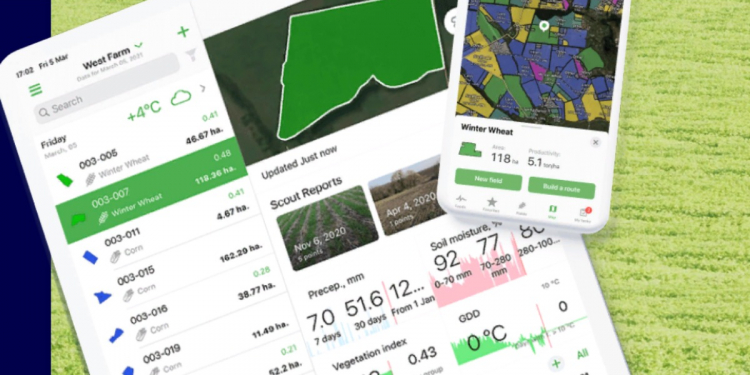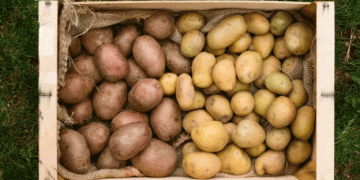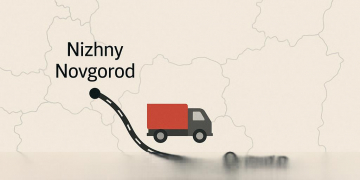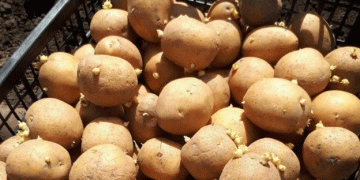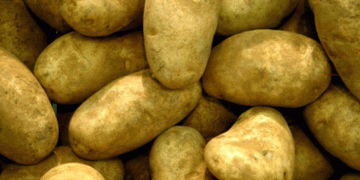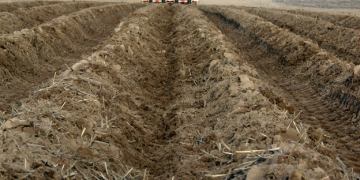In 2021, AgTech had significant growth. According to Finistere Ventures’ 2020 AgriFood Tech Investment Review, developed in collaboration with PitchBook Data, the total global investment in agrifood tech was $22.3 billion, with five billion going to AgTech and $17.3 billion in food tech. The report also finds the market is growing at a 50% compound annual growth rate.
In the controlled environment agriculture like indoor vertical farms, analysis from Allied Market Research projected growth investment in 2018 of $2.4 billion to 18 billion by 2026. And in May 2021, indoor vertical farming startup, Bowery, raised $300 million.
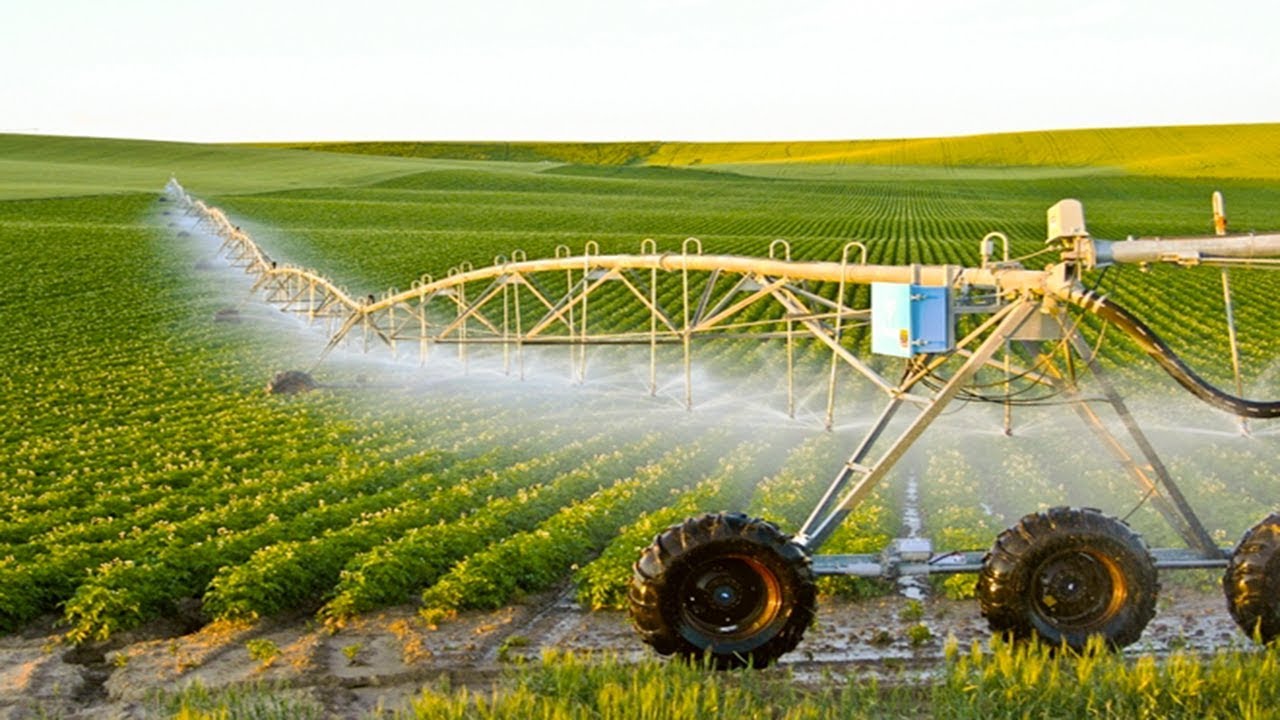
The second of the United Nation’s 17 Sustainable Development goals is to end hunger, achieve food security, improve nutrition, and promote sustainable agriculture. Although the UN hopes to accomplish this goal by 2030, Sachin Gupta, Global Agribusiness Industry Leader at IBM, says it will require a profound change of the global food and agriculture system.
“While this change will be complex and difficult, technology has a key role to play,” said Gupta. “Emerging technologies [..] are being used to improve agriculture outputs for small-holder farmers to big agribusiness players in a way that promotes sustainable development.”
Artificial Intelligence
According to Gupta, one of those key drivers that continue to change agriculture is artificial intelligence (AI).
“AI will drastically improve sustainable farming on land by helping farmers to forecast weather conditions,” said Gupta. “Farming is a risky business. Farmers worldwide have always wrangled with weather – drought, flooding, or something in between. Stabilizing food security is a global priority.” Gupta cites Yara, who works with IBM to use hyper-local weather forecasting to improve crop yields. Their app FarmWeather was designed for small-holder farmers and helps them maximize crop output despite unpredictable weather conditions.
“The app leverages AI and IoT to provide risk forecasts and crop advice for a three to a four-kilometer radius of a farm and allows information sharing – including via SMS for farmers without access to the Internet or a smartphone,” said Gupta. Brandon Rebiero, cofounder and partner at Gold Leaf Farming, says that AI and machine learning will begin to shape the industry landscape in significant ways, like helping growers strike an optimal balance between inputs and desired yield.
“This has tie-ins to so many key outcomes: resource conservation from a cost-control perspective; reducing the industry’s carbon footprint and doing what’s best for the environment; the power to be nimble in the face of operating and market constraints,” said Rebiero. “Across all of this, AI and machine learning tools will support profitability.” Darryn Keiller, Founder and CEO of WayBeyond, believes AI will continue to lead but says agriculture is still scratching the surface of how big data and AI will enable more sustainable crop production.
“It’s important to distinguish between the two as well, they’re usually spoken of in one breath, but they’re very different things,” said Keiller. “The big data play with farmers is just starting, and it’s about exploiting data, revealing new insights about what is influencing yields, including fruit quality and sweetness.” But Keiller believes the biggest challenge is that there aren’t enough data engineers and data scientists to meet demand. “Employing an agriculture data specialist or AI company [..] is a reliable long-term strategy.
Vertical farms
A research study in October 2021 by Insight Partners found that the Vertical Farming Market will grow from $4,300 Million in 2021 to $19,864 Million by 2028. According to Rasmus Bjerngaard, founder and CEO of Nextfood, vertical farming checks many boxes. “Vertical farms improve taste and nutrition and mitigate climate impact and biodiversity impact.” “AI and automation are keys to optimizing the main operational costs in vertical farming versus yield versus light consumption and yield versus labor usage,” said Bjerngaard.
“Covid has proven that the issues of food safety and food system resilience are real and vertical farming is a solution,” said Bjerngaard. “At the same time, some customer segments of vertical farming like restaurants that were hard hit by the pandemic and may have harmed vertical farms, it was nowhere near the effects it has had on outdoor growing because vertical farms can turn off OPEX.” Steve Lindsley, President of Grov Technologies, says that vertical farming technology localizes production at the source of consumption, either urban/human or rural/animal. “In addition to reducing transportation issues and GHG emissions, local, vertical farming increases food and feed value and nutrition and increases local food resilience,” adds Lindsley.
Blockchain
Gupta says technology like blockchain will help increase supply chain transparency, enabling consumers to understand better the origins and quality of the products they purchase. “Blockchain is more than aspirational business tech; it is being used today to transform how people can build trust in the goods they consume,” said Gupta. IBM’s blockchain application, Thank My Farmer, lets farmers bridge the gap between consumers and small-holder coffee farmers, letting coffee drinkers trace their coffee to understand its quality and origin and support the farmer who grew the beans.
Segafredo Stori wanted to scale up traceable coffee in Europe. Fifty-one coffee growers in Lempira and Intibucá in Honduras grow Arabica coffee cherries that Segafredo uses in its coffee. “It’s a complex journey from the farms through the coffee supply chain continues — through mills and ports, through roasteries and shops,” said Gupta. “Now Segafredo’s customer can trace each step of the journey by scanning the QR code on Segafredo Storia packaging.
Autonomous machines and robotics
Rebeiro says that aside from a significant push towards sustainability, he expects to see the adoption of autonomous tractors and other robotic technologies grow at an exponential rate. “While we can’t say exactly what this will look like [..] years down the line, we imagine a future where major growers like us will have autonomous equipment pools that can service broad geographic areas,” said Rebeiro. “In this scenario, you may have a sophisticated, tech-savvy fleet manager who oversees the deployment of an autonomous tech pool across both territories and seasons to meet on-demand needs.”
Rebeiro believes the shift toward this kind of model will profoundly affect labor costs, efficiency and output. WayBeyond’s Keiller says that robotics can also overcome labor shortages. “In 2020, Covid ran rampant through worker populations, borders were closed, and harvests were left unpicked, leading to substantial financial losses and waste,” said Keiller. “In 2021, matters have not improved much, [..] never has there been a better time for robotics.”
But Boaz Bachar, CEO of Fieldin, believes that autonomous farming technology is moving towards commercial maturity. “We know that the future farm will not look the same as today’s farms, and I expect we’ll see new businesses emerge to support this inevitable shift,” said Bachar. “In particular, I believe agriculture will move away from CAPEX-heavy financial management toward a modern OPEX model creating an opening for new types of financing and fintech solutions.”
Bachar says he counts on seeing a range of niche hardware solutions to solve everyday operational challenges on the farm. “Specialized components like this are already finding their way into commercial use, although their adoption will be challenging from an operator standpoint until a centralized software platform can streamline their management, said Bachar. “Ultimately, this sophisticated software component is the missing link we need to rationalize and unite the coming wave of technologies.”
Economic and environmental constraints
Sometimes it isn’t always technology that drives the agenda. According to Bachar, it’s also environmental and economic constraints.
“In the coming years, I believe rising economic and environmental constraints will push the operational efficiency space to explode,” said Bachar. “We expect that labor shortages and unpredictable weather patterns will amplify the problem.” Bachar believes that autonomous farming solutions will develop rapidly to combat these challenges and boost the bottom line for growers. “This is a major trend that we expect to sweep the industry and reshape operational norms in short order,” added Bachar.
Gupta points to improving water efficiency in areas affected by drough. IBM worked California-based E. & J. Gallo Winery to implement a new irrigation solution that ingests data from weather forecasts, satellite imagery and water lines wrapped with sensors that measure environmental conditions and vine stress. “This data uncovers insights into the effects of atmospheric changes on sections of the vineyard and creates recommended watering instructions based on the needs of each vine – ensuring limited water resources are used efficiently,” said Gupta.
Government
According to Steve Lindsley, President, Grov Technologies, there are three main reasons why the government will play an increasing role in AgTech and vertical farming: climate change, growing populations and supply chain disruptions.
“In response to the problems the Covid-19 pandemic has exposed, governments around the world are releasing significant funding to strengthen their economies, food production systems and supply chains,” said Lindsley. “A good portion of these funds will find their way to farmers, ranchers and food producers.” “Farmers are struggling to manage all the risks associated with changing climates such as prolonged droughts, floods, severe storms, erratic growing seasons and rising sea levels, to name a few,” said Lindsley.
Lindsley says that significant amounts of federal and international stimulus funds are already in the hands of local and state governments. “Colorado has structured their program, the Colorado Agriculture Future Loan Program within the Department of Agriculture; in California, water is structured within the State Senate as Natural Resources and Water; and in Utah, ag development funding comes through the Governor’s Office of Economic Opportunity,” said Lindsley.
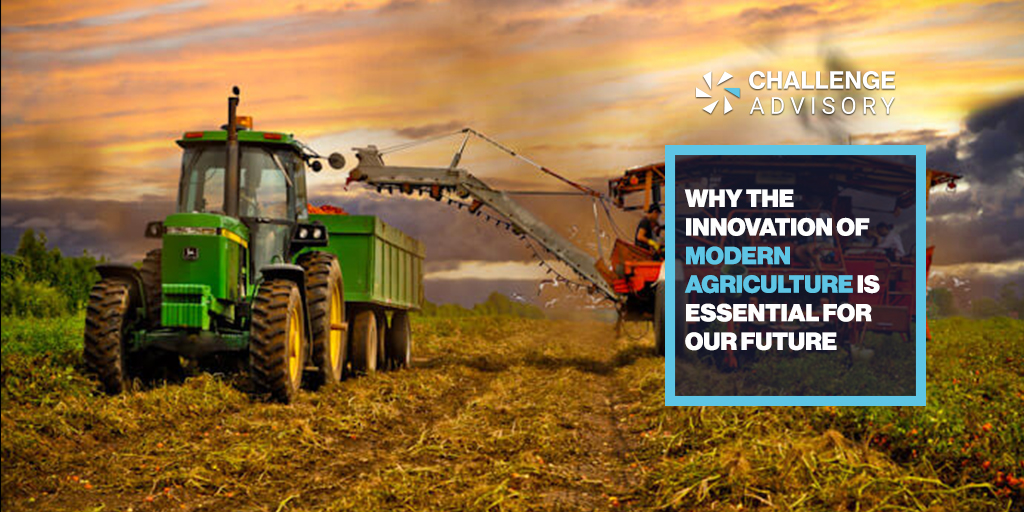
But Lindsley believes that governments worldwide need to support and subsidize the Ag industry’s adoption of new AgTech and vertical farming systems to feed their growing populations and reduce food and feed insecurity. “Big growers like us are the early adopters of AgTech solutions,” said Rebiero. “We’re already running a rainbow of tools and contracted services and there’s a lot of complexity in that, and it’s natural at this stage of market evolution. Rebiero adds that complexity must be reduced to realize the promise of AgTech solutions over time.
“The holy grail is to have one platform that can orchestrate all of these services and technologies from a single dashboard. These solutions aren’t entirely rational or scalable for a large operator without that common ground. But once we get emerging tools to speak to each other through vendor-agnostic software, we’ll be much more powerful than we are today. “We’ll know exactly which levers to pull to create predictable outcomes on the farm,” said Rebiero.
